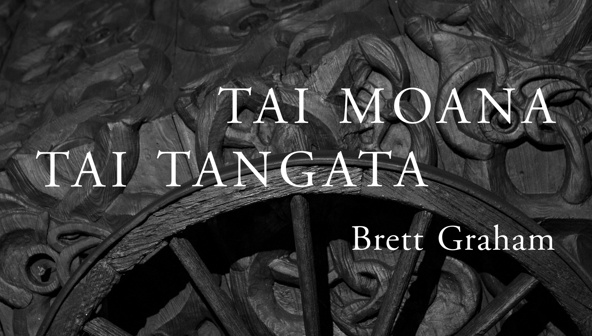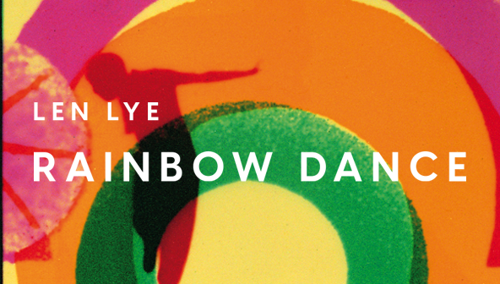Virtual tours
The Govett-Brewster Art Gallery captures occasional exhibitions to offer virtual tours.
Brett Graham's monumental exhibition Tai Moana Tai Tangata inhabited the Govett-Brewster Art Gallery from December 2020 to May 2021.
The solo exhibition by Graham challenged narratives surrounding the New Zealand Wars, centred on the experiences and histories of Taranaki and Tainui Māori.
Engaging the architecture of colonial frontier warfare and the language of war memorials in times of peace, Tai Moana Tai Tangata occupied the entire Govett-Brewster Art Gallery. Three panoramic landscape films establish the geography of the exhibition, from Manukau in the north to Ohawe in the south, and site five monumental sculptures within this territory.
Visitors were welcomed in, the art requiring them to examine their own position in relation to the stories the artworks told.
This first edition of the virtual tour is created for education audiences. The original English wall texts have been adapted and extended for younger readers and are designed to be shared alongside the extra reference material and focus questions in classroom settings.
The te reo Māori wall texts are written and spoken by Te Ingo Ngaia (Manukorihi, Ngāti Tairi, Ngā Mahanga, Ngāti Manuhiakai, Waikato-Maniapoto,Te Arawa me Ngāti Porou hoki ), Māori language teacher at Te Wānanga o Aotearoa and translator.
The voice of Wharehoka Wano (Taranaki, Te Atiawa and Ngāti Awa) opens the virtual tour with a karakia.
Our gratitude goes to Wharehoka Wano and Te Ingo Ngaia for helping to bring this monumental exhibition to life in the digital space.
I am not aware of another exhibition which has managed to take the viewers into the time and space of that history in a manner as emotionally affecting and critically charged as Graham's at the Govett-Brewster. Peter Brunt writing in Art New Zealand
Staged in the Len Lye Centre in 2021-2022, Rainbow Dance presented a survey of Len Lye’s multimedia practice over his fifty-year career. The show included essential film and sculptural works together, alongside lesser-known and recently conserved works from the Len Lye Foundation collection and archive.
Spanning examples of Lye’s cinematic and sculptural practice, Rainbow Dance explores the full arc of Lye’s creative world. The exhibition is the occasion for numerous works to be presented for the first time including a suite of costume designs and storyboards commissioned by Lye for the never-realised science fiction fantasy film, Quicksilver (1932), and recently acquired portraits of Lye by friend and photographer Barbara Ker-Seymer. Rainbow Dance charts the breadth of Lye’s ongoing contribution to contemporary forms of expression and ideas.
This virtual tour allows you to explore the exhibition, discovering more about each of the works and Lye's wider practice as a multi-media artist, decades before the term was even invented!
Read more about the exhibition here.
Lye’s ground-breaking art was built on the joy of motion – the pleasure in feeling the natural rhythms of the world, the impulse to dance, the thrill of being moved and the expression of individuality through bodily freedom. Exhibition curator Paul Brobbel

